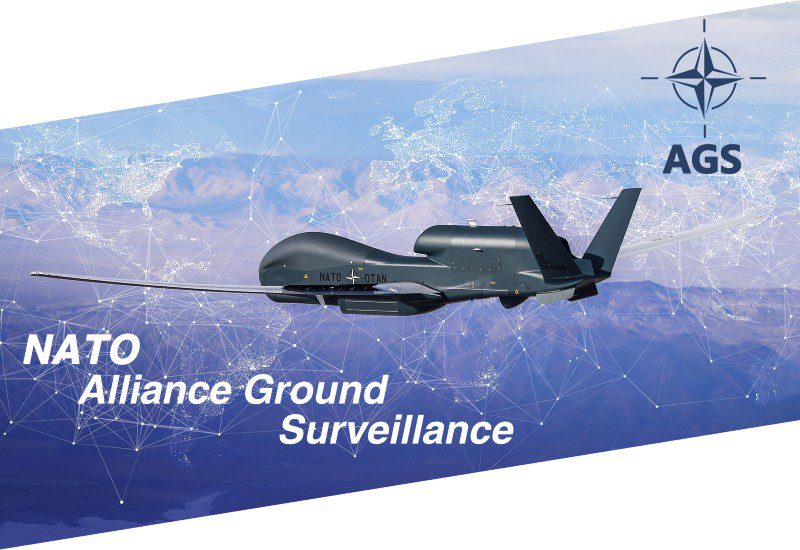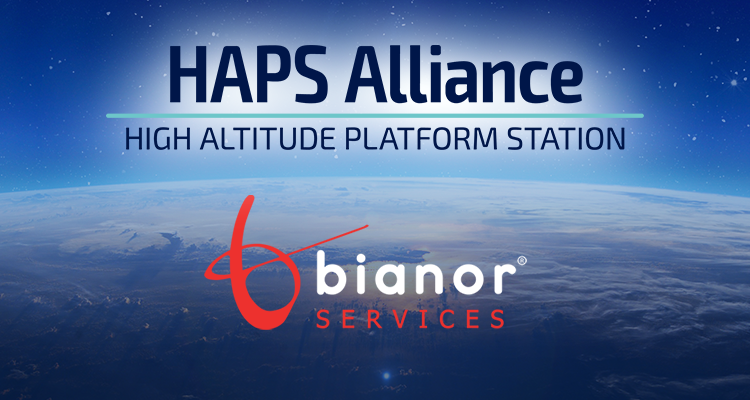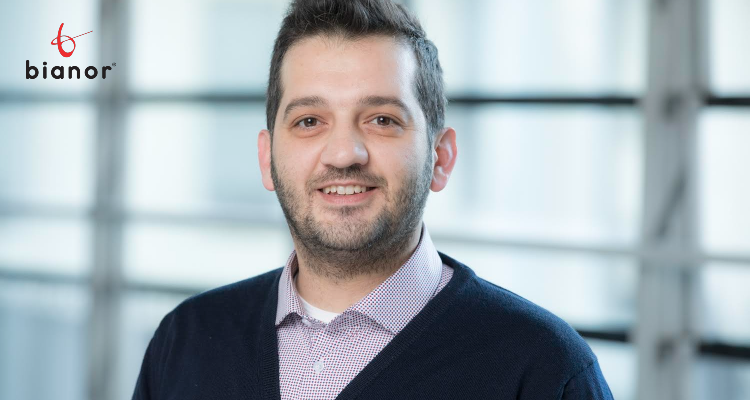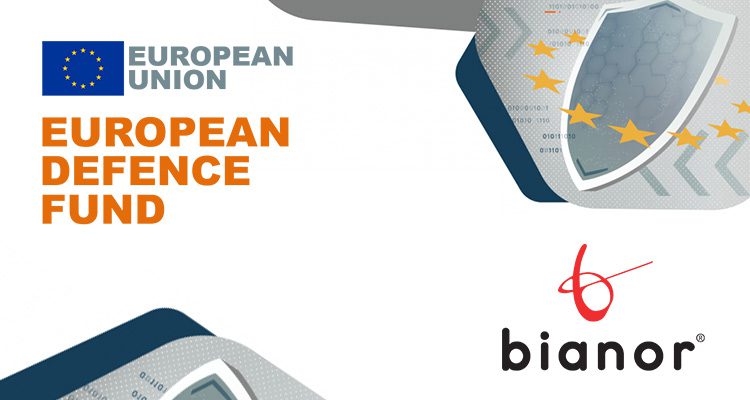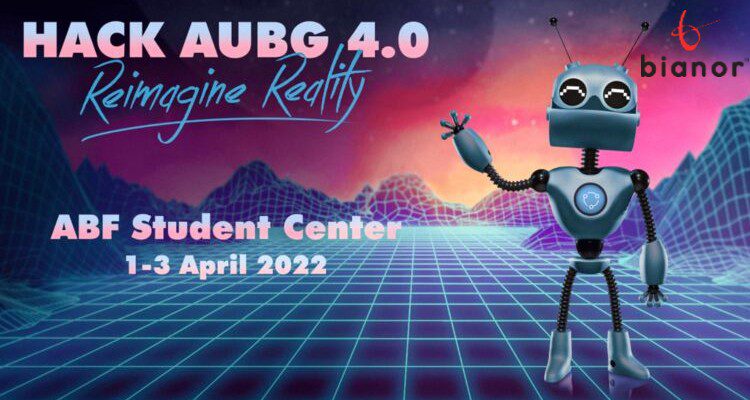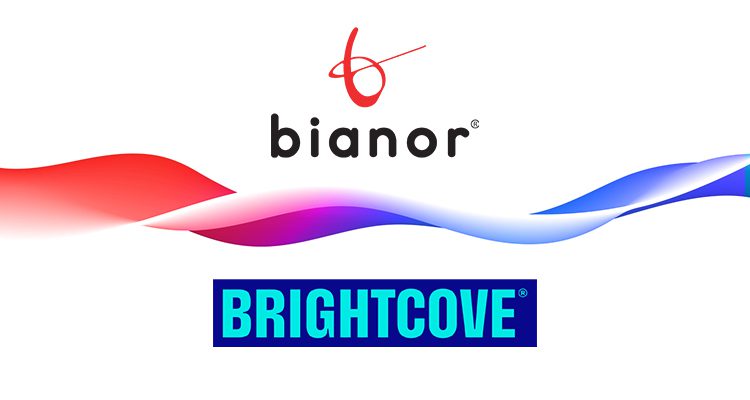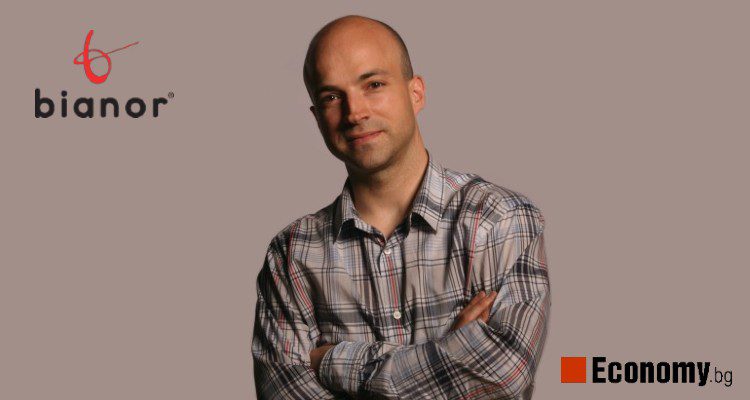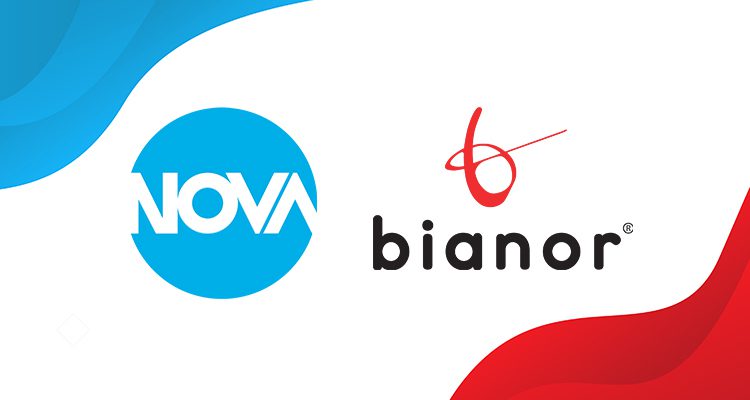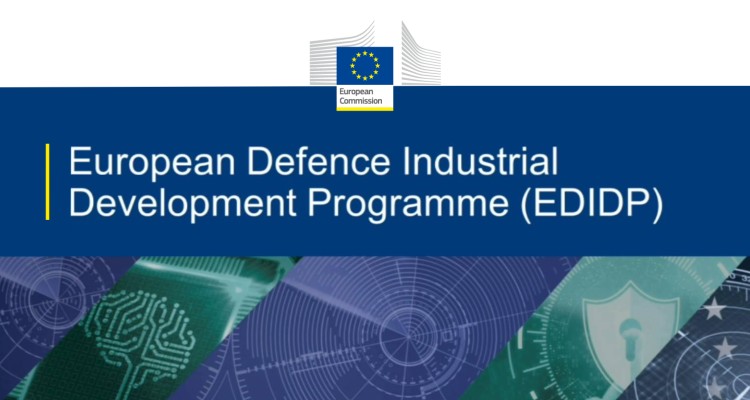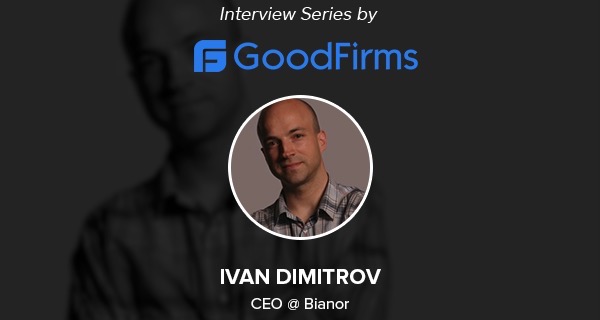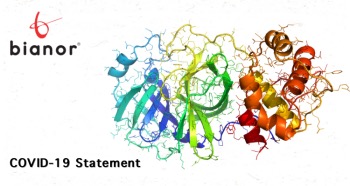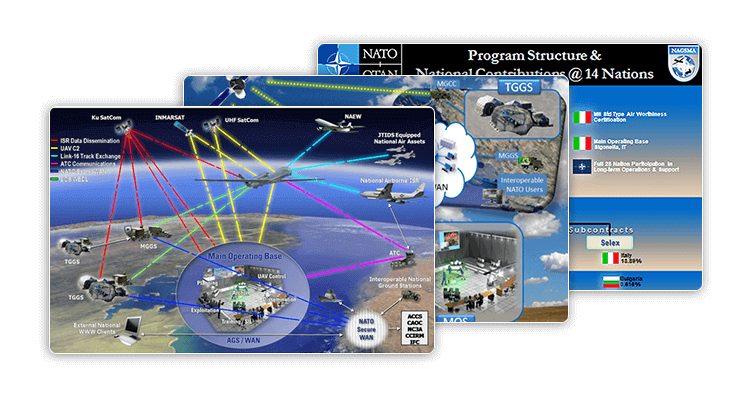Bianor’s CEO About the Company’s Tech Focus and Expertise
Ivan Dimitrov in a revealing interview for Economy.bg
Which are the most exciting projects on which Bianor’s team has been working in the past or is currently implementing?
Bianor is among the oldest software companies in Bulgaria, established in 1998. As such, the company has performed and is performing many projects. Among the company’s achievements is creating the core engineering teams in Bulgaria for two world-leading IT companies. The first one was the team of Comptel Communications, currently part of Nokia. The second of TechniData Labs Bulgaria, as of today a part of SAP. One of the most popular world premium platforms for streaming live and on-demand sports, music, and show programs – FITE – has also originated from Bianor.
At Bianor, we work for customers from diverse business fields. However, our primary focus is on designing, developing, and implementing individual solutions for video processing, video streaming, real-time broadcasting, encryption/decryption of video signals, analysis, recommendations, and data transmission.
The company is among the very few in Bulgaria developing and implementing software solutions and products for the defense industry. Bianor has the expertise and first-hand experience in developing video solutions for NATO and the EU’s reconnaissance goals and has partnered with the world’s largest contractors in this industry.
Would you tell us briefly about each of the projects?
Bianor was part of NATO’s most comprehensive project in recent years – NATO Alliance Ground Surveillance (AGS). We completed our task about two years ago, but the project has become particularly relevant now, as the latest full operational capability tests were performed at the end of 2021. Bianor developed a module responsible for the simultaneous transfer and processing of significant data streams of video and still images from the air and ground stations to the Main Operating Base. The primary source of information is the Block 40 Global Hawk. The drone is developed by Northrop Grumman and has a wingspan of almost 40 meters, and is capable of patrolling for 30 hours at altitudes up to 18,000 meters.
The positive impression Bianor’s team created with the partners opened the doors for the company to a few more defense industry projects. Currently, the company works on a couple of assignments funded by the European Defense Industrial Development Programme. The first is in a consortium led by the global technological leader Indra (Spain). It is related to developing the communications of the future European Strategic Command and Control (ESC2) System. The second project aims at improving the military divers’ safety and is implemented with the leadership of the Bulgarian Institute of Defense.
The earned know-how in defense-related projects has its realization in civil life. An excellent example is the LESU project in which Bianor has to build the communication between an Unmanned Aerial Vehicle (UAV) and the ground station. The curious fact, in this case, is that the aircraft is solar-charged and can stay in the air for months, covering large perimeters flying above or below the clouds.
For the sake of stepping on the ground, I would briefly share info about a project related to developing a complete multifunctional video streaming platform. It includes an exceptionally flexible administrative panel and an intuitive user interface. The platform supports a few television channels, offering live and on-demand streaming services and an option for subscription for exclusive content. In addition, it features continuous play across multiple devices, allowing the users to continue a previously initiated stream on the same or different device when logged in with the same profile and many more handy functionalities. Bianor implements this project for one of Bulgaria’s leading multi-platform media and technology companies – Nova Broadcasting Group. Bianor’s work reaches the end customers via NOVA TV, Diema Sport HD, and Diema Sport 2 HD platforms.
Of course, we cannot cover the whole company portfolio; however, we should not forget to mention the long-lasting partnership with one of the biggest manufacturers of data center management solutions (DCMS) – Sunbird. Bianor has provided software testing and QA services to the US-based company for more than ten years. Another long-term project refers to the complete development of software solutions for one of the USA’s leading broadcast satellite service providers – AT&T.
How many people work on each project, and what specialists are they?
The workload on the different projects varies depending on the ongoing stage of the assignment. Generally, we have between 5 and 15 people working on a separate project, preliminary software engineers, software architects, QA engineers, system administrators, and project managers.
What technologies do you use in your projects?
We’re trying to use a healthy technological mix. Often we bet on battle-tested technologies with proven efficiency, but we do not turn back to newer and more modern programming languages, software solutions, and services. When selecting our technology ammo, the main factors are productivity, stability, security, and capability to upgrade.
The most often used technologies and services in the company are: Python, Java, C ++, Objective C (Swift), Java for Android and Kotlin, Amazon Web Services, IBM Doors, and Enterprise Architect.
How is the working process organized, and what is the project management structure?
In defense industry projects, the standard working process is Waterfall. The reason is that the client (NATO or EU) is a budgetary organization. There are no negotiations for the contracts. They are Firm Fixed Price (FFP) types, and control is implemented in phases upon a linear schedule. This phase control type means the developer must complete the stage before starting the next one. In reality, this is not always true, and often, we see changes happening in already delivered artifacts from previous phases but within the determined price and terms.
The management is hierarchical, which is inevitable, keeping in mind the complexity of the projects and the number of participants; often, a consortium consists of a dozen subcontractors. Because of this reason, the strict following of the established and fully-documented working process is essential. This workflow requires knowledge and strict following of many standards, instructions, forms, etc., which is not a trivial task.
We use the Agile (flexible) approach in civil projects and particularly its variety Scrum. Scrum is an adaptive, fast, flexible, and efficient Agile frame that has been designed to provide additional value to the client at the time of development of the project. This approach guarantees a transparent working environment and open communication throughout the project.
How did the projects change throughout the years?
The main dynamics were determined through the years by our customer’s and partners’ demand to be on top of modern IT trends. Bianor’s technological journey went through a few organic stages. Twenty years ago, the focus was on mobile and wireless technologies. Since 2002, we gradually moved through the development of i -mode, Brew, Symbian, Blackberry, and later on, iOS and Android. During the next stage, the team mainly dealt with the R&D of technologies for sharing, analysis, image recognition (OCR), and video streaming. This stage started approximately at the beginning of 2012. Since 2014, Bianor began to gain expertise in the defense industry field.
Which are the biggest challenges that you have faced in your projects?
Every project has its specifics and challenges, either technological or pure human. We should not forget that software engineers and customers are living creatures, and as such, they have their individual emotions and cultural differences. The first and foremost challenge is building trust and establishing effective communication within the team.
In defense industry projects, work organization and documentary preparation are often more complicated than technical implementation. In these projects, the main challenge is the compliance and enforcement of specific military standards. For example, in NATO projects, such standard is the so-called – STANAG, or Standardization Agreement. These standards impose some work restrictions and sometimes complicate the software development process.
Other projects, such as the streaming platform for Nova Broadcasting Group, bring out some technical challenges. In this case, we experienced some challenges related to live broadcasting and content streaming dynamics. In addition, such comprehensive systems often comprise many different solutions provided by various suppliers. The correct integration of these services and solutions makes possible the proper arrangement of all parts of the puzzle.
Which are Bianor’s most significant achievements?
It is hard to pick out the most important achievements of these 24 years. Besides, it will sound too immodest to point out our accomplishments. However, I believe the most excellent satisfaction brings our partners’ assessment.
We have worked with certain companies in the past, and they return to work with us. Others recommend us to their contacts. Last but not least, companies have been working with us for more than ten years and continue trusting us. Note that I said “partners,” not customers. The reason is that I believe that we are partnering – we work together, and we achieve all the results together.
What is ahead for Bianor shortly?
We are currently in the initial stage of the two new defense industry projects and are preparing to start the exciting UAV project I mentioned at the beginning.
At the same time, we are expanding our teams for some ongoing long-term projects. We have recently finalized one of the tasks for Nova Broadcasting Group. Now, we are preparing the development of new, additional functionalities that will improve customer experience and give new opportunities for interaction with the content.
Source: Economy.bg


